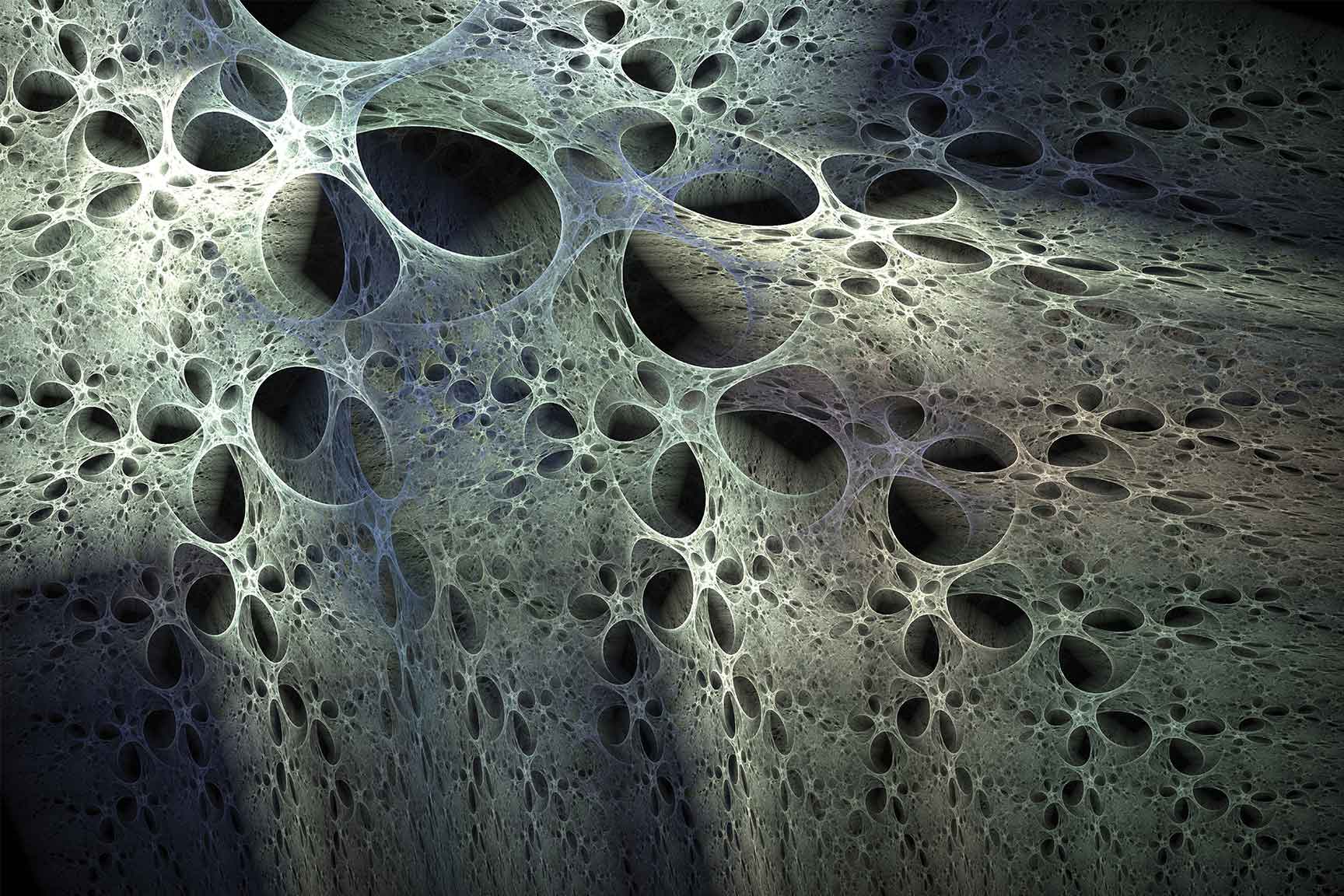
An open discussion with Dr. Afamia Elnakat: How her passion for Low Impact Development is changing UTSA for the better.
LID stands for Low Impact Development, Low Impact Urban Design, or Low Impact Design. The objective of LID is to use “ecological engineering” to manage storm water runoff. The main goal of LID is to mimic predevelopment hydrology and try to keep the stormwater using green infrastructure vs. conventional design that requires piping, concrete infrastructure, and manages the water off site.
With the increase in population and development, in terms of housing, roadways, and commercial infrastructure, there is an increase in impervious cover, like nonporous concrete. Coupled with hard, parched top soils, optimal conditions for increased water run-off and flooding are created. Storm water is not only a concern due to flooding (quantity), but also pollution (quality) due to increased pollutant loads carried with the storm water.
LID is viewed as a pioneer field even though these best management practices have existed for many years. LID is becoming more popular as a design method with engineering consultants. I was first introduced to the concept during my tenure at Pape Dawson Engineers working on Edwards Aquifer permits for development. Here in San Antonio, we utilize some LID best management practices to reduce the impact of impervious cover on our recharge areas. On the UTSA 1604 campus, for example, we have a sedimentation filtration basin, curb cuts, pervious pavers, and vegetative filter strips as part of our Edward’s Aquifer protection measures.
An important note is that LID designs will also require maintenance, but this is not a disadvantage since many critics indicate conventional infrastructure also requires maintenance, but at a much higher cost.
It is important that our students be familiar with reducing the impact measures of their own designs. With more stringent regulations, environmental impacts will dictate many of the actions required to make an engineering design successful and implementable. I’m hoping that our students will lead that front given the many great opportunities for ecological design that exist here in the Hill Country.
To help prepare our students, Department Chair for Civil and Environmental Engineering, Dr. Tom Papagiannakis, has diversified our environmental engineering program. In the fall of 2014, I will teach Low Impact Development and Urban Design (CE 4953).